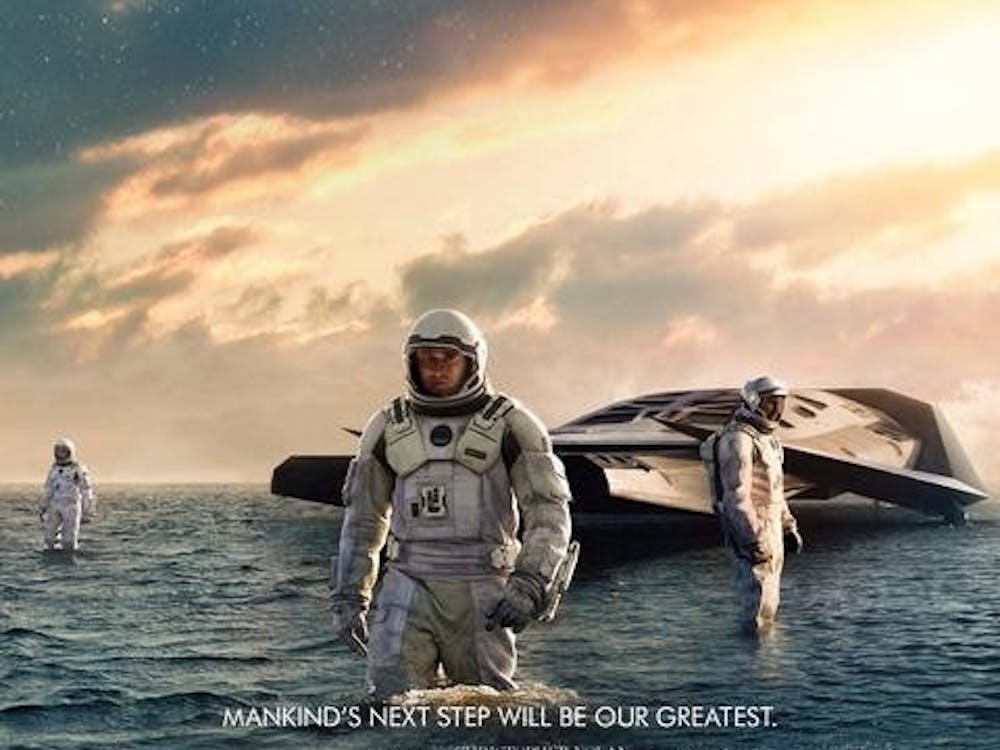Most people probably can't identify with the feeling of being pinned down in a muddy foxhole while mortars explode all around, but the new HBO miniseries, The Pacific, allows the viewer to experience situations such as this vicariously because of the show's excellent direction and editing. Taking its roots from the critically acclaimed Band of Brothers series of 2001, The Pacific follows a group of Marines fighting on the Pacific front of World War II. Like Band of Brothers, Tom Hanks and Stephen Spielberg spearheaded the production of the new series. Their influence undoubtedly contributed to the look and feel of this miniseries, which felt more like a big-budget action film. The two main characters in the series, Eugene Sledge and Robert Leckie, were inspired by two soldiers of the same name who fought on the Pacific front and whose memoirs, With the Old Breed: At Peleliu and Okinawa by Sledge and Helmet for My Pillow by Leckie, served as inspiration for the show's plotline.
Although only six of the 10 parts have aired so far, the story already has developed substantially, creating high expectations for what is to come. Band of Brothers - which centered on the European front - received almost entirely positive reviews, but the one recurring criticism was the lack of character development. Most of the episodes focused on one character per installment and then rarely came back to their stories afterwards, preventing the viewer from forming significant connections with the characters. It seems the writers for The Pacific have taken this into consideration because this new series makes an effort to examine carefully the lives and struggles of two specific soldiers. We get some background with a few other characters, but the show primarily revolves around Pvt. Robert Leckie (James Badge Dale, 24) and Cpl. Eugene Sledge (Joseph Mazzello, Jurassic Park). Unfortunately, this focus has resulted in lackluster development of interpersonal relationships and fraternal bonds, a shortcoming that leaves something to be desired in an otherwise outstanding series. On the other hand, this difference may very well be a realistic representation of the discrepancies between the European and Pacific theaters during World War II. Certainly both realms of combat dealt with the tribulations of war, but the Pacific front was notably more gruesome and perhaps less glorious than the European front.
The initial episodes follow Leckie's story as he decides to enlist with the U.S. Marines and subsequently is shipped off to the Philippines to help reclaim Allied territory. His frightful experiences at the Battle of Guadalcanal prove to be "sobering to the soul," as he describes in a letter to his friend back home. Meanwhile, Sledge is fighting a different battle against his health and his family to allow him to join the Marines. By the fifth installment, Sledge has overcome these obstacles, finished his training and participated in a major battle on Peleliu. Sledge and Leckie meet up briefly there, only to find that their motivations for killing enemies differ on principle. When the overtly religious Sledge asks the pragmatic Leckie what he believes in, Leckie simply replies, "Ammunition."
The epic battles throughout the series are like nothing else seen on television. Viewers will notice how the extreme tropical conditions and frequent nighttime attacks truly emphasize the state of constant fear. The combat is bloody and real, leaving nothing to the imagination. Part of the reason for making these kinds of films or TV shows is to try and reveal to the audience the horrors and suffering soldiers faced. If gruesome action scenes and realistic psychoanalysis of characters can be but a small honor to the men that served in WWII, then the producers, writers, and directors have done their job admirably.






